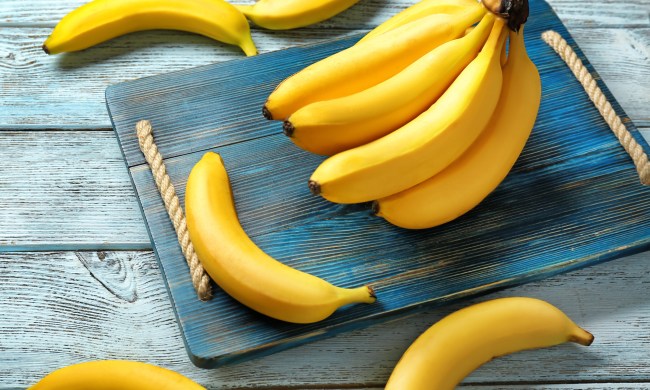Azaleas are a favorite shrub for many gardeners. They have beautiful flowers in a range of colors, and they’re the perfect size for most gardens, lawns, and walkway borders. If you have poor soil, or if you’re trying to grow bigger blooms, you may want to fertilize your azaleas. However, not every fertilizer is a good fit for azaleas. Azaleas are particular about their soil pH, so any fertilizer that changes the soil pH could do more harm than good. These three slow release or controlled release fertilizers, made just for azaleas, will keep your soil pH stable while providing the nutrients your azaleas need.
Good: Jobe’s Azalea, Camellia, & Rhododendron Fertilizer Spikes
If you’re looking for a simple, easy-to-use fertilizer that gets the job done, then this fertilizer is a good choice for you. It contains nitrogen, phosphorus, and potassium –– the essentials for plant growth –– with a balance of 9-8-7. The spikes are pre-proportioned, so you don’t have to measure out your fertilizer. The downside to that is that you have slightly less control over how much fertilizer you’re giving your plants. Each bag contains ten spikes, which, depending on the size of your plant, can be anywhere from ten to two and a half uses. Additionally, this product is well reviewed on Amazon, with over 700 reviews and an average star rating of 4.6 out of 5.
In short:
- Pros
- Pre-portioned
- All necessary nutrients
- Well reviewed
- Cons
- Not as much control
- Not organic
Better: Safer Brand 94AH Azalea & Holly Restore Fertilizer
If organic gardening is your passion, then Safer Brand fertilizer may be the better option for your garden. This fertilizer has the OMRI seal of approval and is listed for organic gardening, so you can be certain your azaleas are fully organic. Safer Brand Azalea Restore Fertilizer has all the necessary nutrients your azaleas need, with a balance of 4-3-3, and is pet and kid friendly. This fertilizer does come in a smaller bag, which means refilling more often. It also lacks product reviews across multiple platforms, although the brand itself is highly rated.
In short:
- Pros
- OMRI certified
- Pet and kid friendly
- Contains necessary nutrients
- Cons
- Smaller bag
- Not as well reviewed
Best: Nelson Acid Loving Plant Food
The best option on our list is Nelson Acid Loving Plant Food. This fertilizer comes in a range of sizes, from 2 to 25 pounds, so you can pick the size that best fits your needs. It has the three essential nutrients –– nitrogen, phosphorus, and potassium –– as well as iron and sulfur. Iron and sulfur are important micronutrients which, while typically provided for entirely by soil, can be excellent to have in a fertilizer if your soil is lacking them. The nitrogen, phosphorus, and potassium balance is 9-13-11. That makes this fertilizer the best choice if you’re looking for bigger and brighter flowers, as that is the main role of phosphorus. There are nearly 200 reviews for this product on Amazon alone, with an average star rating of 4.6. That may not be as many reviews as Jobe’s, but it’s certainly enough to be trustworthy.
In short:
- Pros
- Essential nutrients plus micronutrients
- Range of sizes
- Higher phosphorus content
- Decently well reviewed
- Cons
- Not organic
These are our top three fertilizers for azaleas, and any of them would help your azaleas grow and thrive. Remember that it’s always a good idea to test your soil before adding anything to it, so you can avoid overloading your plant with a particular nutrient. Now it’s up to you to decide which fertilizer is the best fit for your garden. It may be helpful to list out what qualities you want in a fertilizer, and check your list against our handy bullet list summaries of each fertilizer’s pros and cons. No matter which fertilizer you chose, your azaleas will thank you!



